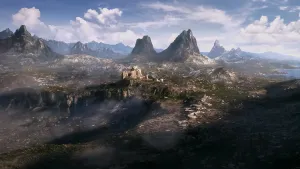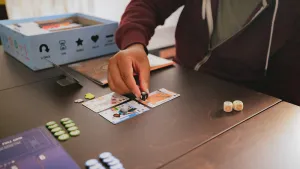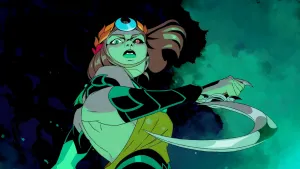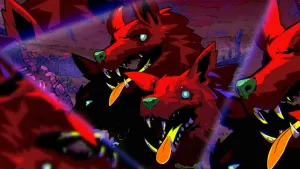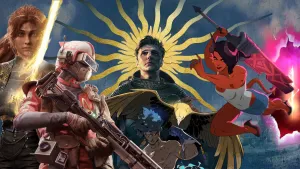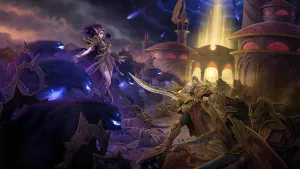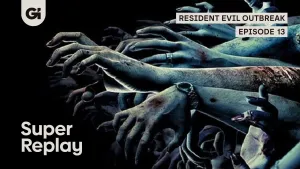Kerbal Space Program's NASA Update Sends Players To Capture Asteroids

The Kerbal Space Program team is fresh off winning the Audience Choice Award at GDC 2014, and we sat down with them to discuss an upcoming update designed in collaboration with NASA. The Asteroid Redirect Mission (ARM) will give players new ship parts and a new mission: to track, capture, and maneuver a hunk of space rock that could be as heavy as 2,500 tons.
When last we sat down with developers Felipe Falanghe and Chad Jenkins, the game was in version .21. The next update, which is on top of .24 (but not yet .25) has been designed in collaboration with NASA and mirrors the space agency's asteroid redirect mission.
The new tasks require players to identify and then track asteroids close to Kerban (the planet on which the adorable Kerbals live). Just like in real astronomy, if the objects aren't actively tracked, they could be lost. When first detected, all players will know is their location and rough size. With observation though, more data on the procedurally generated rocks can be gleaned.
Some of the asteroids are small enough to move with a space ship. Others are so large, that even the most experienced players will be challenged to figure out how to break them from their trajectory.
There is no penalty for failing, even if an asteroid is on a collision course with Kerban. "The Kerbals are much more destructive," Jenkins tells us.
In order to accomplish the task of grabbing and moving the asteroids, players will be treated to a host of new parts. These are designed based on NASA models, though the agency gave Kerbal Space Program developer Squad flexibility to make them fit within the game world.
These in turn pad out the newly revised tech tree and create a greater sense of progression through the campaign. The update will also enable larger rockets that weren't possible before without creative assembly. Extremely long (tall on the ground) rockets are used to buckle and fold. A new joint system creates greater rigidity, which will have widespread (positive) impact on the community.
Another major improvement is the inclusion of persistent flight plans. Currently, any flight planning is wiped when the game is loaded after a save. This is an unintended deterrent to more complicated calculations. In the ARM update, flight plans will persist beyond saving.
Throughout the design process, Squad and NASA sent builds and ideas back and forth. "We want their approval," Falanghe says. Squad expects NASA will use Kerbal Space Program's ARM update as a promotional and educational tool.
Squad continues to masterfully blend game and education in Kerbal Space Program, and recently saw that combination realized. In partnership with Intel, a Kerbal Space Program competition was held at SXSW recently.
The challenge tasked competitors to build a rocket and shuttle as many Kerbals to another planet in the solar system. A multiplier was applied based on how far the target planet was from Kerban.
An 11 year old entered and came in fourth among a wide field. Lucky for him, the third place holder is a NASA propulsion expert. Not only did the young man get invited to take the professional's place on the winner's podium, but the two ended up having an extended conversation.
Kerbal Space Program is a fascinating experiment, and it continues to foster a loyal community. You can read more about how the game came to exist in our coverage from PAX 2013.
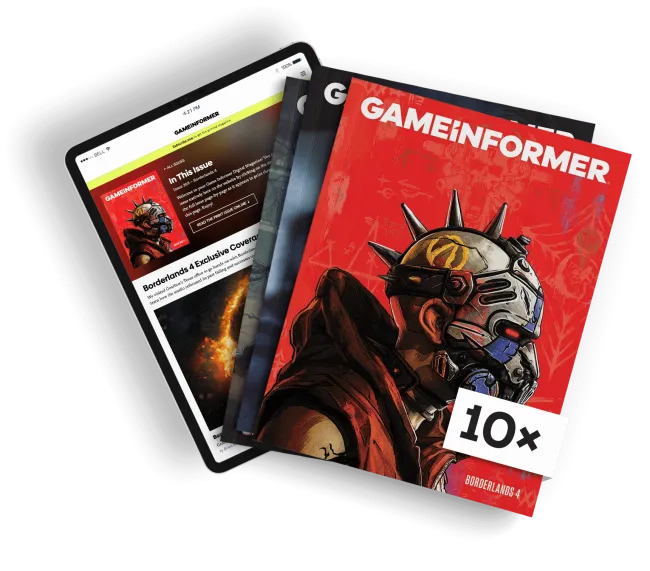
Get the Game Informer Print Edition!
Explore your favorite games in premium print format, delivered to your door.
- 10 issues per year
- Only $4.80 per issue
- Full digital magazine archive access
- Since 1991
